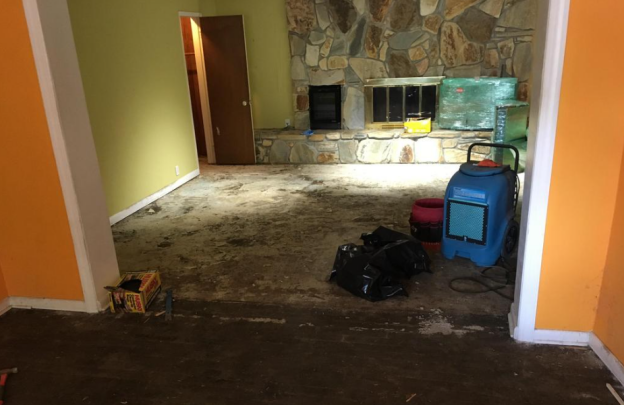
What would you do if a sudden storm turned your living room into a wading pool? In St. Petersburg, FL, where extreme weather events like hurricanes and heavy rainstorms are all too common, water damage is a frequent concern for homeowners.
The city experiences an average of 53 inches of rain annually, significantly higher than the national average of 38 inches. This puts homes in St. Petersburg at a heightened risk of water damage, whether from flooding, storm surges, or even something as simple as a burst pipe.
When water damage strikes, it’s essential to act quickly and efficiently to prevent further damage and costly repairs. The process of water restoration in St. Petersburg, FL, is not just about removing water but involves a comprehensive approach to restoring your home to its pre-damage condition.
This blog will guide you through the critical steps required for successful water restoration, ensuring that your home is not only dry but safe and secure.
We’ll cover everything from the initial steps you should take immediately after discovering water damage to the specific restoration procedures that professionals follow. Along the way, we'll also highlight why working with a trusted restoration company like Flood Pros USA can make all the difference in ensuring your home is restored quickly and effectively.
Immediate Steps to Take After Water Damage
When water damage occurs, timing is crucial. Acting promptly can mean the difference between a quick recovery and long-term damage to your home. Here’s what you should do immediately after you discover water damage:
1. Ensure Safety First: Before you do anything else, make sure that it’s safe to stay in your home. Water and electricity are a dangerous combination. If there’s standing water near electrical outlets or appliances, turn off the power to avoid any risks of electric shock.
2. Stop the Water Source: If the water damage is due to a burst pipe, leaky appliance, or other controllable source, turn off the water supply to prevent further flooding.
3. Document the Damage: Take photos and videos of the affected areas. This documentation will be essential when filing an insurance claim, as it provides evidence of the extent of the damage.
4. Remove Excess Water: If it’s safe to do so, start removing as much water as possible. Use towels, mops, or a wet/dry vacuum. The faster you can get rid of standing water, the better chance you have of minimizing damage.
5. Contact Your Insurance Company: Notify your insurance provider about the damage as soon as possible. They will guide you on the next steps and what coverage you have for the restoration process.
Understanding the Water Damage Categories and Classes
Before diving into the restoration process, it’s essential to understand the different types of water damage, as this will influence the steps you’ll need to take.
· Category 1 (Clean Water): This type of damage comes from a clean water source, such as a broken water supply line or a faucet. While it’s the least harmful type of water, it still needs to be addressed quickly to prevent escalation.
· Category 2 (Gray Water): Gray water refers to water that has been used in appliances like washing machines or dishwashers. It can contain contaminants and pose a health risk.
· Category 3 (Black Water): Black water is the most dangerous, typically coming from sources like sewage backups or floodwater. It contains harmful bacteria and pathogens and requires professional handling.
The classes of water damage describe the extent of the water intrusion and the potential evaporation rate:
· Class 1: Minor damage where only a part of a room is affected, with minimal absorption and evaporation.
· Class 2: A larger area is affected, with moisture trapped in walls or flooring.
· Class 3: Water has saturated walls, ceilings, insulation, and subfloors.
· Class 4: Specialty drying situations where materials with low permeance (such as hardwood, plaster, or concrete) are saturated.
Professional Water Restoration Process
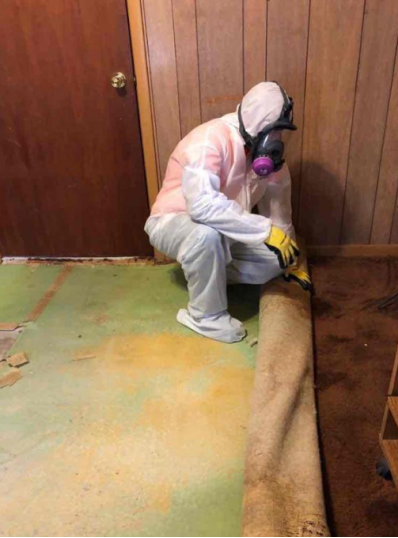
While immediate action can mitigate some damage, professional water restoration is essential for thorough cleanup and repair. Here’s what the process generally involves:
1. Inspection and Assessment
The first step in professional water restoration is a thorough inspection and assessment of the damage. Restoration experts will identify the source of the water, the extent of the damage, and the type of water involved. They’ll also assess the affected materials, such as drywall, flooring, and insulation, to determine what can be salvaged and what needs to be replaced.
2. Water Removal
Once the inspection is complete, the next step is water removal. Professionals use high-powered pumps and vacuums to remove standing water. This step is crucial in preventing further damage and reducing the drying time.
· Submersible Pumps and Industrial Wet/Dry Vacuums: These are typically used to remove large amounts of water.
· Moisture Detectors and Hygrometers: These tools help professionals measure the moisture levels in the affected areas to ensure all water is removed.
3. Drying and Dehumidification
Even after the water is removed, moisture can linger in walls, floors, and other materials. Restoration professionals use specialized equipment to dry and dehumidify the affected areas.
· Air Movers: High-velocity air movers help evaporate moisture from materials and surfaces.
· Dehumidifiers: Industrial dehumidifiers extract moisture from the air, reducing humidity and preventing mold growth.
4. Cleaning and Sanitizing
Once the area is dry, cleaning and sanitizing are essential to remove any contaminants and prevent mold and bacteria growth.
· Antimicrobial and Antibacterial Treatments: These treatments kill bacteria and prevent future mold growth.
· Odor Removal: Professionals use air scrubbers and fogging equipment to remove musty odors caused by water damage.
5. Restoration and Repairs
The final step is restoring your home to its pre-damage condition. This can involve minor repairs, such as replacing drywall and installing new carpet, or major reconstruction, depending on the extent of the damage.
· Drywall Replacement: Damaged drywall may need to be removed and replaced to ensure structural integrity.
· Flooring Repairs: Water-damaged flooring, especially hardwood, may require repair or replacement.
· Painting and Refinishing: Walls and other surfaces might need to be repainted or refinished after repairs are complete.
The Importance of Prompt Action
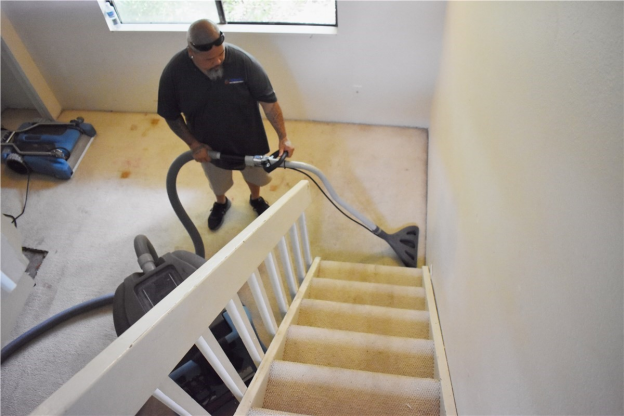
Water restoration in St. Petersburg, FL, is a complex process that requires quick action and professional expertise to ensure your home is returned to its pre-damage condition. With St. Petersburg’s unique climate challenges, including high humidity and frequent storms, addressing water damage effectively is crucial to prevent further issues like mold growth and structural damage.
If you find yourself facing water damage, whether from a storm, flood, or plumbing issue, remember the importance of immediate action. The longer you wait, the more extensive the damage can become, leading to higher costs and more extensive repairs.
Contact Flood Pros USA Today
When water damage strikes, contact Flood Pros USA. With our experienced team, state-of-the-art equipment, and commitment to customer satisfaction, we provide comprehensive water restoration in St. Petersburg, FL. We understand the local climate and the specific challenges it brings, which allows us to deliver tailored solutions for your home.
Tags
Subscribe to Flood Pros USA's Blog


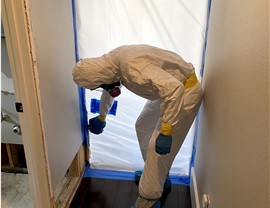
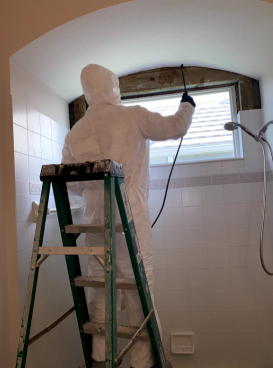
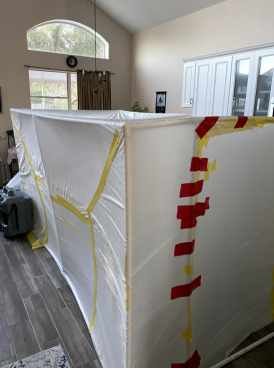
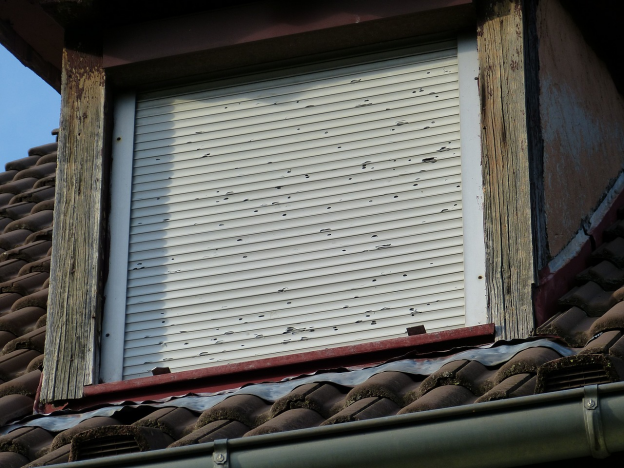

Comments